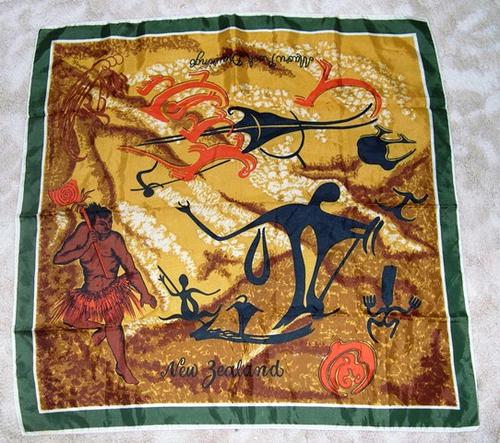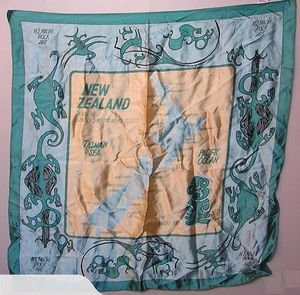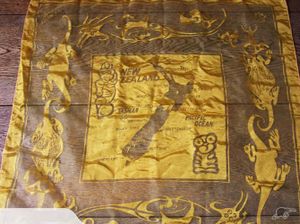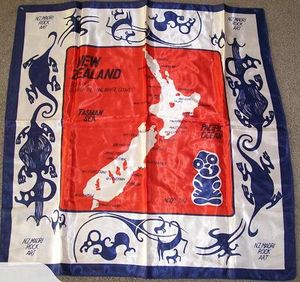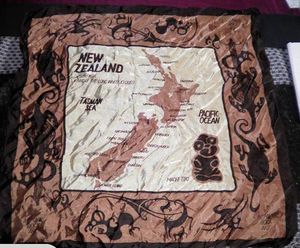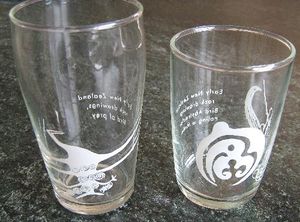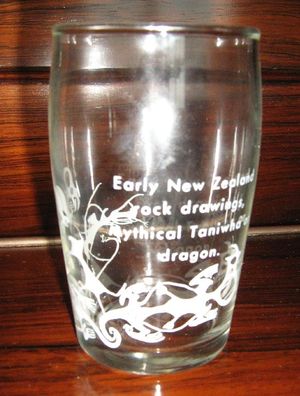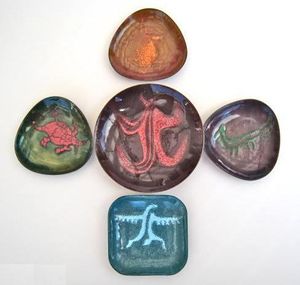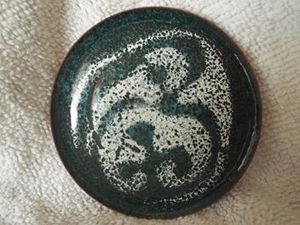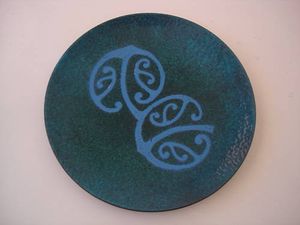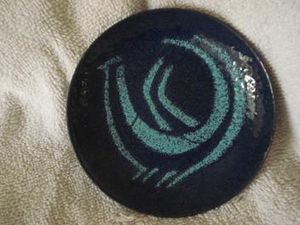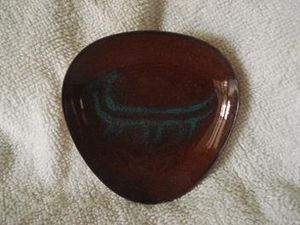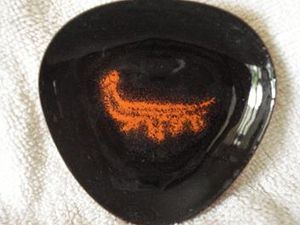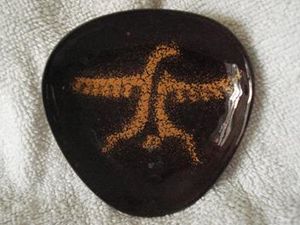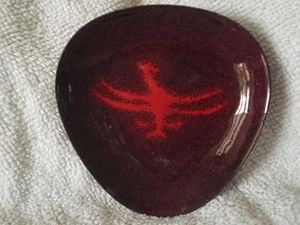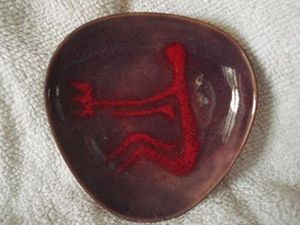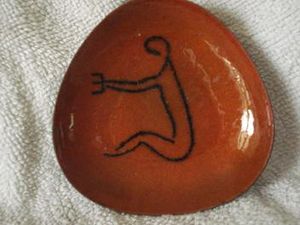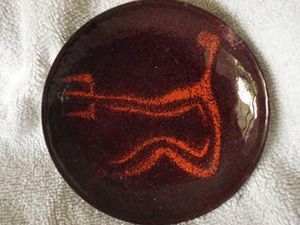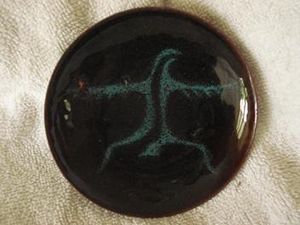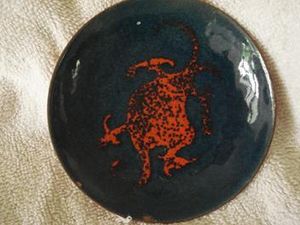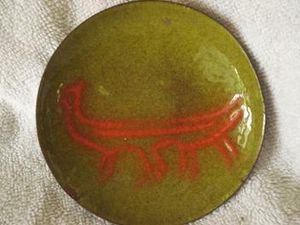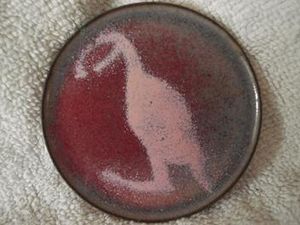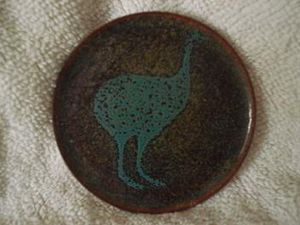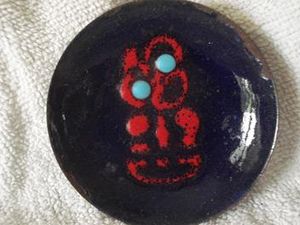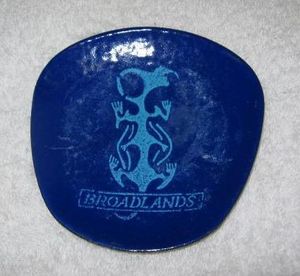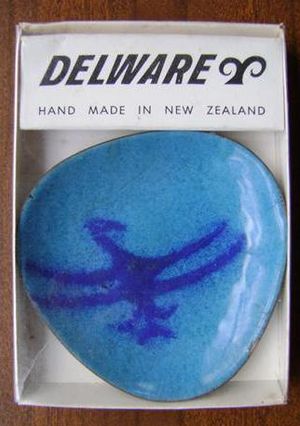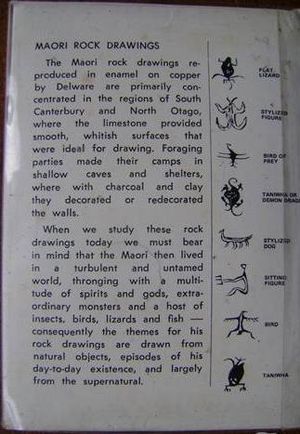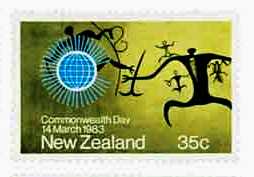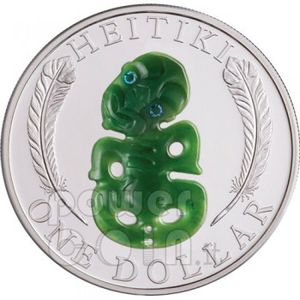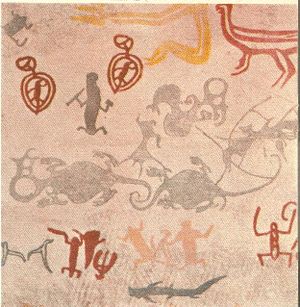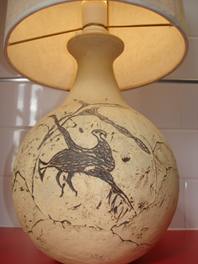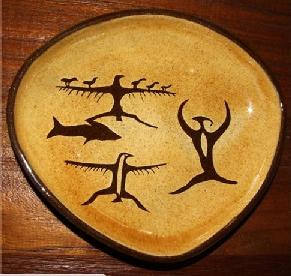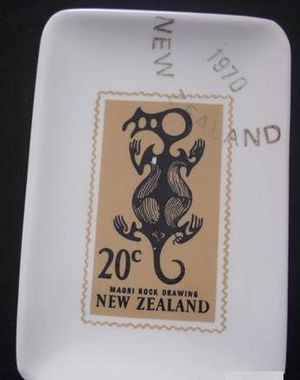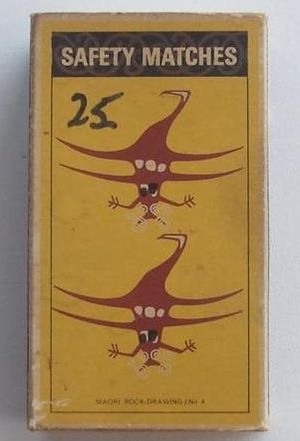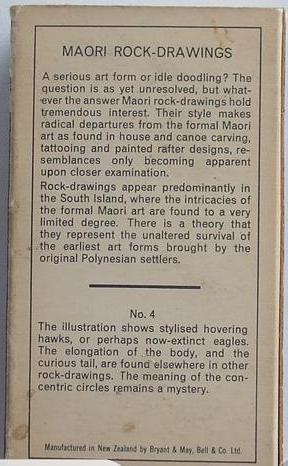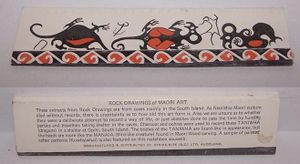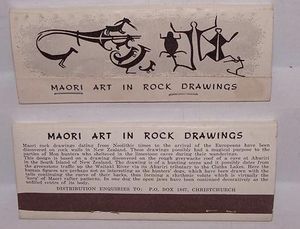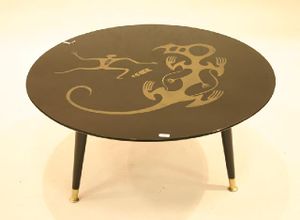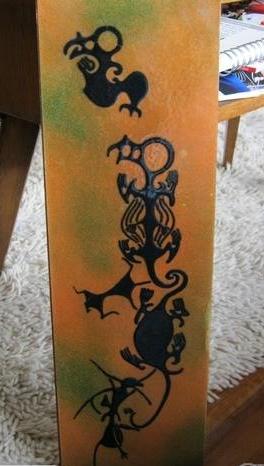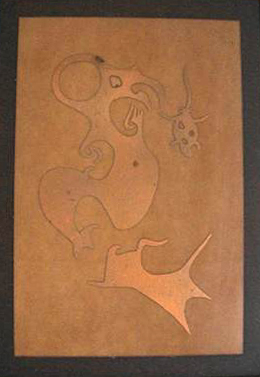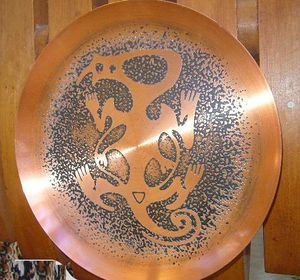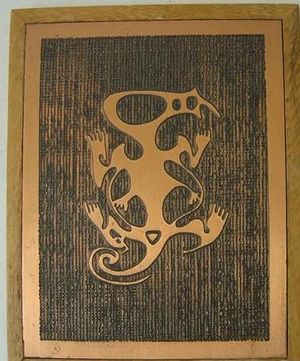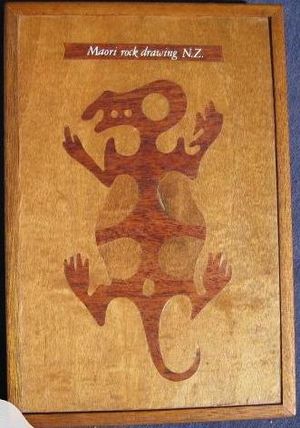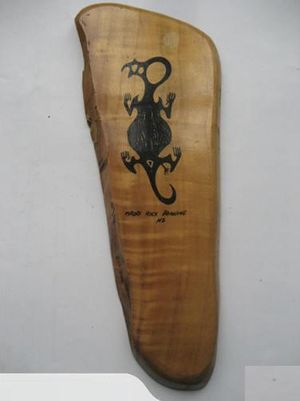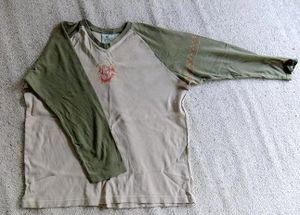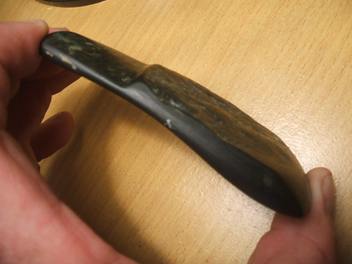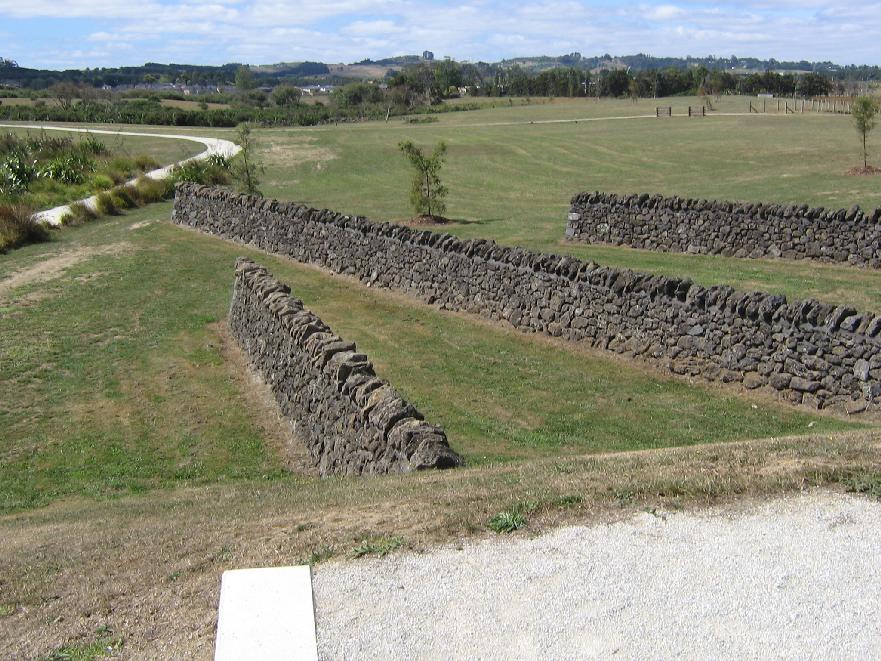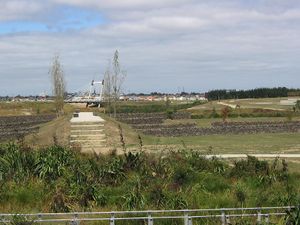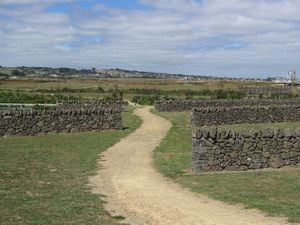Difference between revisions of "Kitsch"
| Line 99: | Line 99: | ||
<tr> | <tr> | ||
| − | <td width="100%">'''Stamps'''</td> | + | <td width="100%">'''Stamps and Coins'''</td> |
</tr> | </tr> | ||
| Line 106: | Line 106: | ||
<td width="25%">[[Image:1983.jpg |thumb|left|Rock art used on a commemorative stamp]]</td> | <td width="25%">[[Image:1983.jpg |thumb|left|Rock art used on a commemorative stamp]]</td> | ||
<td width="25%">[[Image:Rockart1.jpg |thumb|framed|left|Rock art used on a definitive stamp]]</td> | <td width="25%">[[Image:Rockart1.jpg |thumb|framed|left|Rock art used on a definitive stamp]]</td> | ||
| − | <td width="25%"> | + | <td width="25%">[[Image:Coin.jpg |thumb|framed|left|On a 2010 $1 coin - at least the tiki is a modern one - but still on a coin? Tacky]]</td> |
<td width="25%"> </td> | <td width="25%"> </td> | ||
</tr> | </tr> | ||
Revision as of 15:57, 15 July 2011
Archaeological Kitsch
Archaeological items of iconic status become the subject of modern copies and re-use of the imagery. New Zealand items are not immune.
Maori Rock Art
|
Rock drawings seem to have been particularly prone to this - borrowings appearing on fabrics, glassware, ceramics, postage stamps and even matchboxes. O'Regan discusses this use in the context of cultural property[1].
|
Maori Other
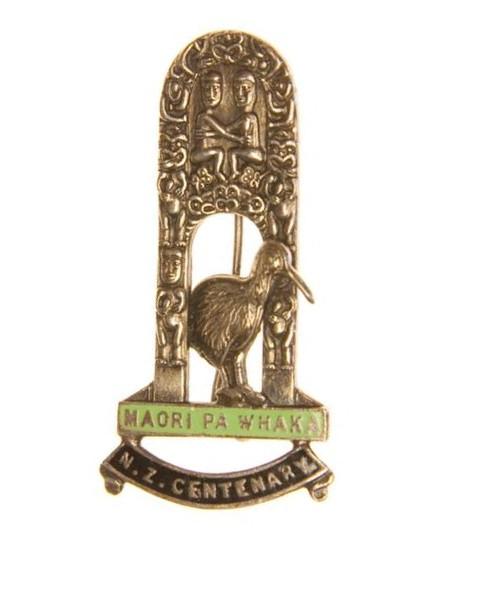 An execrable souvenir of the 1940 Centennial Exhibition. Perhaps not archaeological - a Birmingham made badge representing the Hinemoa and Tutanekai gateway at the Model Pa, Whakarewarewa. It doesn't include a kiwi! This sold for $113.99 on Trademe so it awfullness was certainly appreciated.The gateway itself is an example of bowdlerisation of Maori carving. |
Colonial
|
Barry Curtis Park in South Auckland has volcanic rock walls, reconstructed from a nearby farm site. The unfortunate result is what happens when landscape architecture captures archaeological reconstruction.
|
References
- ↑ O'Regan, G. 2008 The shifting place of Ngai Tahu rock art. in Sue O'Connor, Geoffrey Clark, Foss Leach (Eds), Islands of inquiry : colonisation, seafaring and the archaeology of maritime landscapes. Terra Australis 29 Accessed at http://epress.anu.edu.au/terra_australis/ta29/pdf/ch26.pdf

